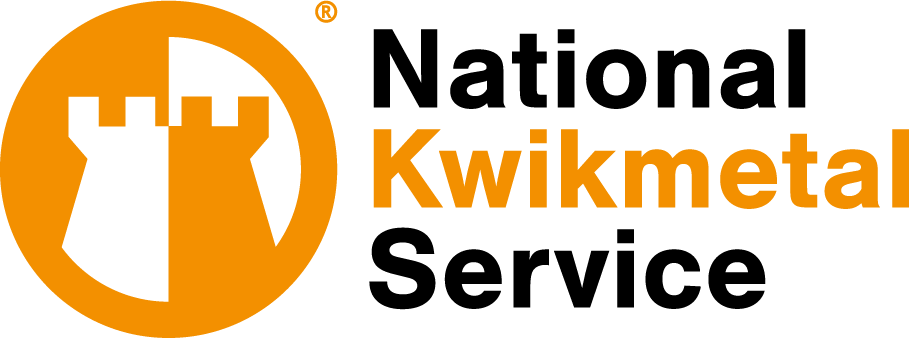
At NKS, we offer a variety of stainless steel variations, each with its own strengths and weaknesses. Choosing the right material for your 301 and 304 stainless steel slitting needs can make the difference between developing a product that lasts for years, and one that will have frequent failures throughout its lifespan. However, given the sheer number of stainless steel variations currently on the market, choosing one option over the others can be very complicated. In this article, we’re going to take a look at two stainless steel variations, namely 301 and 304.
Both the 304 and 301 grades use iron as their main ingredient, but there are several important differences in the composition of the steel itself. In terms of manganese, phosphorus, sulfur, silicon, and nitrogen, the two grades are identical. However, when it comes to carbon, 301 sits at 0.15%, while 304 sits at 0.08%. Differences can also be found in chromium composition, which ranges from 16% to 18% for 301, and 18% to 20% for 304. When it comes to nickel, 301 ranges between 6% to 8%, and 304 ranges from 8% to 12%. This difference in concentration of nickel and chromium means that 304 is more expensive than 301 stainless steel. The exact price difference will depend on the price of nickel and chromium at the time the steels are purchased.
Stainless steel is very excellent when it comes to corrosion resistance under normal conditions. This is due to the fact that stainless steel alloys will generally have a layer of oxide that is strong enough to prevent rusting. When we move into mildly corrosive environments, at a normal ambient temperature, 301 and 304 perform very similarly, with 301 generally being less resistant to corrosion due to its higher carbon levels and lower chromium content.
However, when we move into higher temperature ranges, differences become noticeable between the two alloys. For example, when you are working with 301 steel, and when you laser-cut or weld the material, you are likely to see some signs of corrosion due to the chromium carbide precipitation phenomenon that depletes the chromium from the alloy under higher temperatures. This is less likely to occur with 304 grade alloys.
Another differentiating factor between the two grades is reflected by how much pressure each material can withstand before it reaches failure. The higher carbon content of grade 301 makes it more resistant to mechanical force, and in room temperature conditions, it can withstand 120 ksi. Grade 304, on the other hand, can only withstand 90 ksi before it reaches mechanical failure. In other words, the 301 grade is able to take 33% more stress than the 304 grade.
The choice between the two materials ultimately depends on the final product, the environment in which it will be used, and its purpose. If you are building a product that will not be exposed to highly corrosive conditions, such as saltwater or high temperatures, the 301 grade is often the better option due to its tensile strength. If your end product will need to face these adverse conditions, then the 304 grade will perform better and will be more cost-effective in the long run.
Hopefully we were able to clarify the difference between the 301 and 304 grades of stainless steel and help you understand the strengths and weaknesses of each alloy. If you are interested in 301 and 304 stainless steel metal slitting services, contact us today, and we can provide you with more detailed information regarding these and other grades of steel that we have available.
Toll Free: 800-722-5029
Phone: 847-257-6570
Phone: 442-980-0611
Phone: 615-793-4700
Toll Free: 800-722-5029
Phone: 442-980-0611